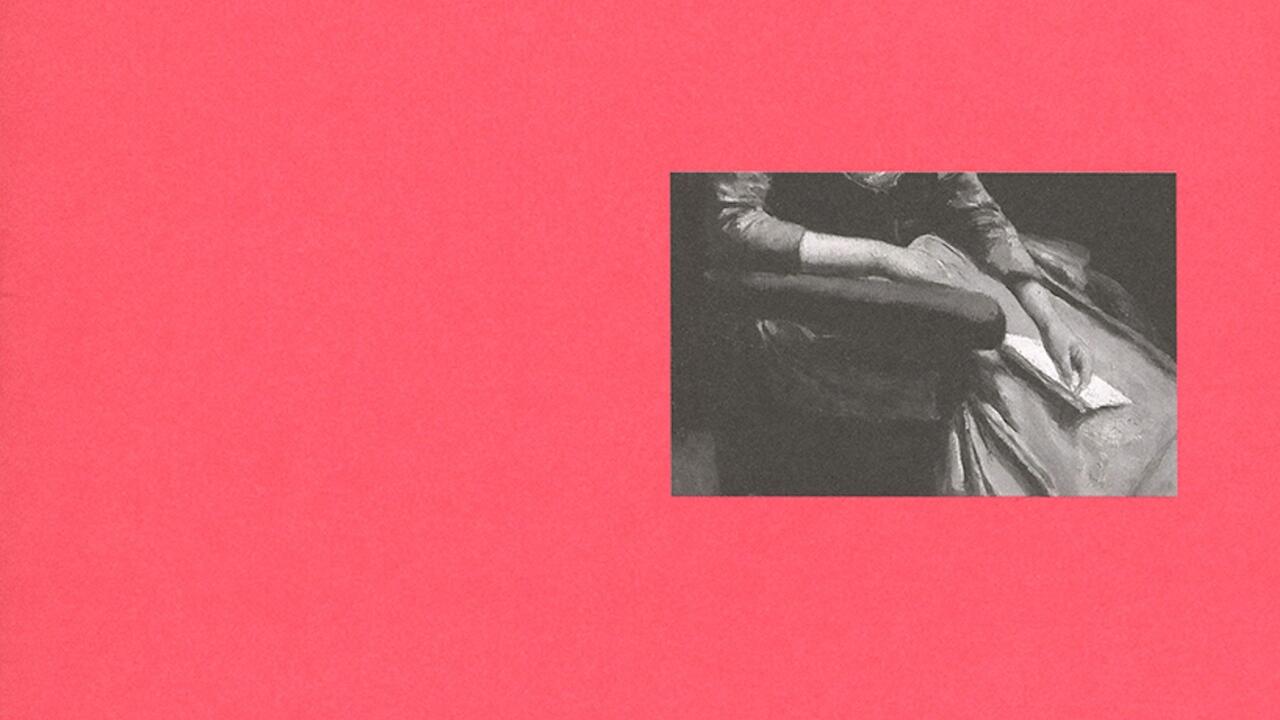Gender Genres
On the emergence of transgender literature
On the emergence of transgender literature

Two novels issued this year by large publishers – Paul Takes the Form of a Mortal Girl by Andrea Lawlor (Picador) and Confessions of the Fox by Jordy Rosenberg (Penguin Random House) – suggest the emergence of a transgender literature that is ready to make an impact on mainstream culture. Or, more accurately, the emergence of a literature that puts trans and non-binary characters at its heart, written by openly trans authors who draw from lived experience.
We can trace trans representation in literature back to the postwar period, with gender-variant characters appearing throughout the 20th century, and especially after US transsexual woman Christine Jorgensen shot to global fame in December 1952. Gay male authors often featured cross-dressers, transvestites or transsexual people in their narratives – Jean Genet’s Our Lady of the Flowers (1943), Gore Vidal’s Myra Breckinridge (1968) and Severo Sarduy’s Cobra (1972), for instance. Yet, these characters usually served to show the diversity of queer subculture or to make a point about the rules of gender, rather than to illustrate the realities of trans living. That task was left to the transsexual memoir, with Christine Jorgensen: A Personal Autobiography (1967) and Conundrum (1974) by British travel writer Jan Morris its most famous examples. In 1987, trans artist Sandy Stone published her influential essay ‘The Empire Strikes Back: A Post-Transsexual Manifesto’, in which she argued that previous memoirs had not properly addressed the space – physical, psychological or social – between ‘male’ and ‘female’. Stone concluded that trans people should publicly explore such terrain through writing, creating not just new gender identities but also new genres to convey them.
This prompted a 1990s wave of North American trans writers documenting their experiences in texts that combined memoir, theory, activism and cultural criticism – all published on small presses or in underground zines, such as Gender Trash from Hell (1993–95). However, there are few examples of noteworthy fiction. One exception is Leslie Feinberg’s Stone Butch Blues (1993): barely fictionalized, the book’s protagonist shared many of Feinberg’s experiences but its classification as a novel freed the author to write a work of social realism. Many of Feinberg’s contemporaries also rejected the conventional memoir format, but most stuck to non-fiction: their texts aimed to help a traditionally disparate community organize against transphobia. Questions were asked about who represented trans people in fiction and how but, Stone Butch Blues aside, the task of answering them through creative practice remained secondary.
Throughout the 2010s, trans people – in the West, at least – have won more rights and representation, although the scale of reaction from both the conservative right and trans-exclusionary feminists means that these victories remain far from secure. Nonetheless, authors inspired by Stone, Feinberg and others have increasingly begun to explore what a literature by, about and for trans people (though not exclusively) might look like. Small publishers have played a key role in this – notably New York’s Topside Press, established in 2011 exclusively for trans authors. Works such as Imogen Binnie’s Nevada (2013) and Casey Plett’s A Safe Girl to Love (2014) helped demonstrate that fiction could convey trans experiences to a broader audience than theoretical texts. In the UK, trans authors have also found creative expression in forms other than fiction, including the poetry of Jay Bernard, Nat Raha and Verity Spott, among others. Roz Kaveney crossed between the two with Tiny Pieces of Skull: a semi-autobiographical novel written in 1988 and rejected by publishers before finally being issued by a small press, Team Angelica, in 2015.
As well as using writing to help shape the future of the community, trans academics and activists have explored its past, looking not just at the development of hormonal and surgical treatments for transsexual people but also at how legal, medical and social discourses have constituted their identities. When postmodern approaches to history assert that we should not retrospectively ascribe identities to people, how should we depict cross-dressing individuals who lived before German sexologist Magnus Hirschfeld initiated a gender-identity language in The Transvestites (1910)?
Fiction can be a useful tool in such cases, allowing the writer to speculate about a character’s motivations in times when gender dysphoria could not be openly expressed. Rosenberg’s Confessions of the Fox (2018) re-imagines the 18th-century British criminal and jailbreaker Jack Sheppard as a trans man: there is no historical evidence that Sheppard was trans, so Rosenberg invents it. Meanwhile, US author E. J. Levy’s forthcoming novel, The Cape Doctor, about Irish surgeon James Barry, has already caused controversy. Assigned female at birth, Barry lived as a man until he died in 1865. Levy, however, has used female pronouns when describing Barry despite clear evidence he used male ones and asked not to be undressed before death to avoid his identity being discredited.
My own historical fiction – including ‘The Woman in the Portrait’ (2014) and my forthcoming volume of short stories about British trans people from the Victorian era to the present – has avoided speculation about real-life characters whose gender identity might be contested. The fact that such issues can come to the fore, however, suggests that the trans and non-binary community is gaining confidence in its creative expression and is able to fight on more fronts than against legal or social injustices alone. These debates will feed into a literature that is politically dynamic and aesthetically daring, with Lawlor’s and Rosenberg’s works heralding its arrival into a wider critical consciousness.
This article first appeared in frieze issue 203 with the headline ‘Gender Genres’






















